It’s no secret that technology is a huge investment. If you’ve put significant time and resources toward integrating technology throughout your agency’s daily flow of activities, you expect to see ongoing, long-term results long after your initial purchase.
But what happens when you stop seeing those returns? The reality is, even the most successful technology implementations can get off track down the line—especially several years later.
People turn over. Crises interrupt operations. Processes change. Time passes. If the way you use technology doesn’t adapt to the way you work, the efficiencies and time savings you once gained may slowly trickle away.

What Causes Workers to Stop Using Technology?
For starters, it’s important to understand all the different factors that can influence whether your workers continue to use certain tools you provide them over time. (Related resource: Change Management 101: Empowering Human Services Agencies to Embrace Change)
Regression can happen for any number of reasons, but here are some of the most common issues we hear and how they impact your agency:
- Business process change—Various internal and external factors can cause your business processes to change. If technology doesn’t keep up, workers are more likely to create workarounds or return to manual ways of doing things. This creates chaos and confusion, which can lead to frustration for your workers and clients.
- Lack of communication—Technology projects are bound to fail if management, IT, or the implementation team doesn’t effectively educate workers about changes or updates that will impact them.
- Lack of standard work processes—Limited communication or understanding of changes may lead workers to develop their own disjointed processes to get their jobs done. If a client has a different experience each time they enter your agency, they won’t trust in your ability to provide consistent services.
- Leadership change—Priorities tend to change when agency or county leadership does, which can cause technology initiatives to lose steam. Especially if a new director or commissioner wasn’t involved in the initial purchase or implementation, they may not fully understand how the tool supports key processes or initiatives, which can cause a negative ripple effect across the agency.
- Policy change—New or changing rules and regulations can further compound process problems or create an influx in clients eligible for services. If it’s hard to keep up with the volume of people entering your agency, you may inadvertently neglect to keep technology and processes updated.
- Crisis mode—Workers will abandon tools and processes that don’t support their ability to deliver services without interruption when a crisis disrupts standard operations. For example, with the COVID-19 pandemic still unfolding, many workers are shifting to remote work or telework, so technology must be accessible and reliable, no matter where work is done.
- Staff turnover—It’s no secret that human services agencies tend to have higher turnover rates than average, which impacts technology usage in several ways. For example, new workers may not get trained as in-depth as those who worked for the agency when the tool was implemented. Similarly, useful product features that increase adoption may not be conveyed to them as clearly.
- Too many tools—Different tools are designed to solve different problems. If you add too many over time, you may end up with overlapping features and functionality, leaving workers to decide which one they think is easiest for the task at hand, which compounds process problems.
- Too little training—Workers who don’t receive adequate or ongoing training will lack confidence in how technology can help them increase efficiency. If they don’t trust the tool, they’ll be hesitant to use it, which can cause them to feel unprepared to serve clients and add more stress.
Any one of these things could derail a previously successful technology project. In fact, even with no significant event or catalyst, technology adoption can simply wane over time.
The key is to have measures in place to realize when things are going downhill, so you can get them back on track before it’s too late.

Tips to Keep Your Technology on Track
To make sure you’re getting the most from your technology investments, just remember these four Cs:
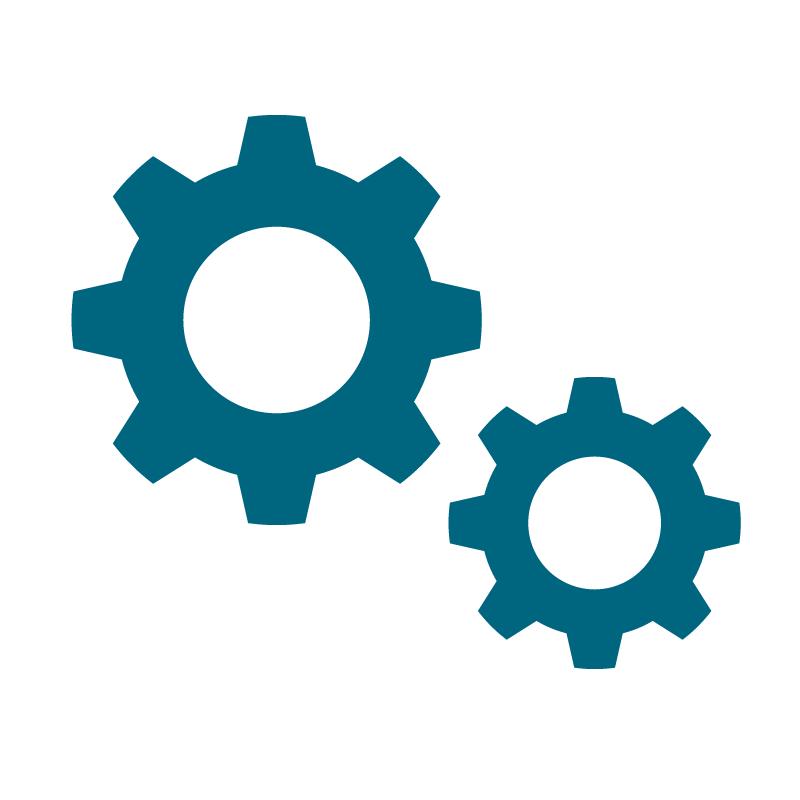 |
Configuration: Periodically review your software features, settings, and workflows to ensure they still match your work processes. (Don’t forget to check the release notes to make sure you’re not missing out on any new features that could help!) Similarly, review your processes to make sure work is distributed evenly and the right people are spending time on the right tasks. |
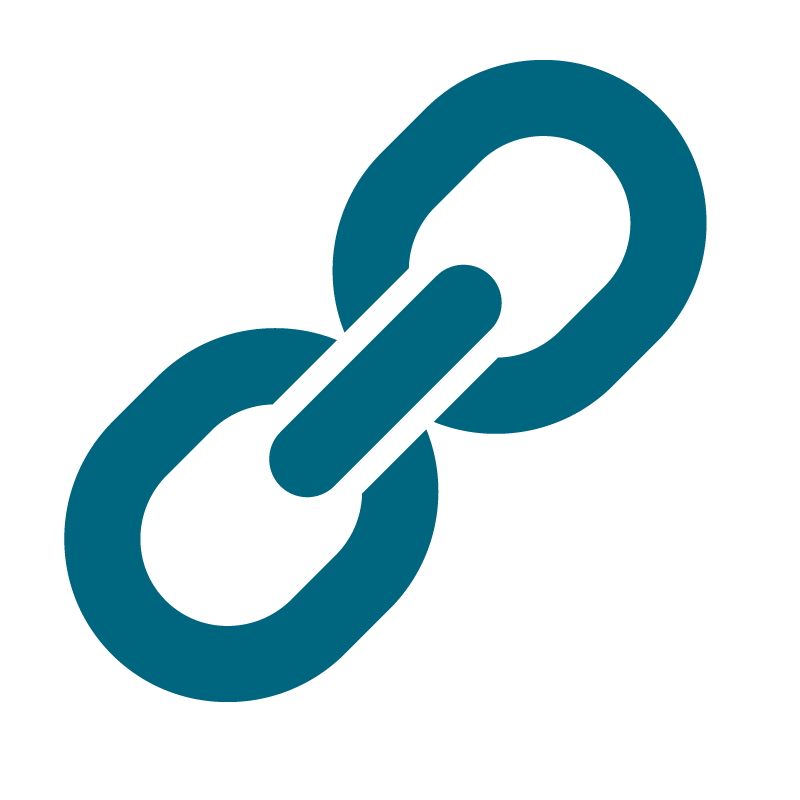 |
Consistency: Establish standardized processes and operating procedures to avoid confusion and ensure all workers are using your software the same way. Include a change control process so that any technology upgrades or process changes are made and communicated consistently. |
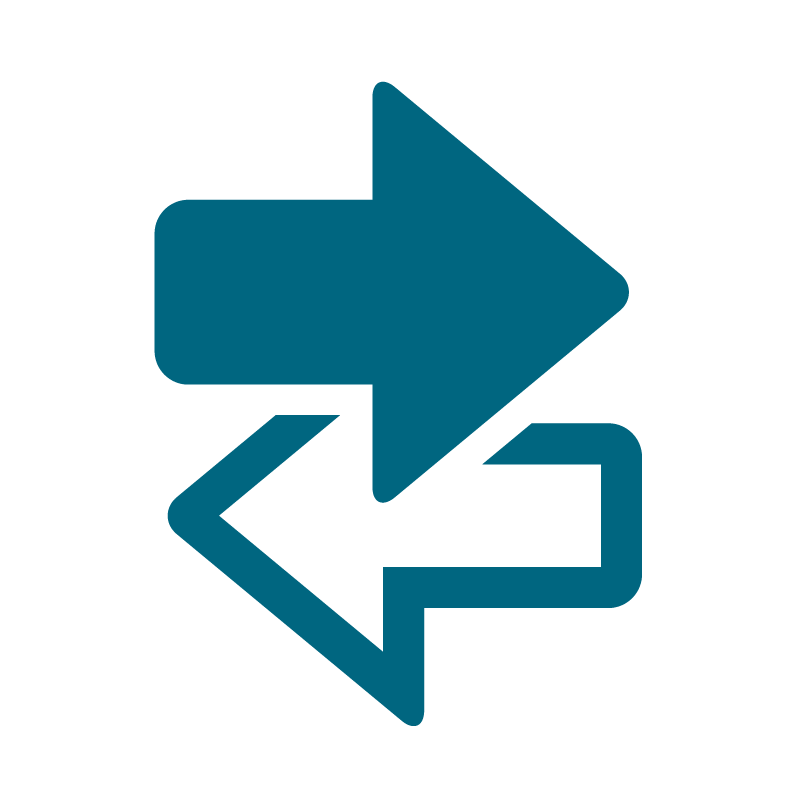 |
Collaboration: Encourage workers to learn from each other by sharing their tips and best practices or troubleshooting challenges together. Offer immediate and accessible support for anyone who needs help or additional training. |
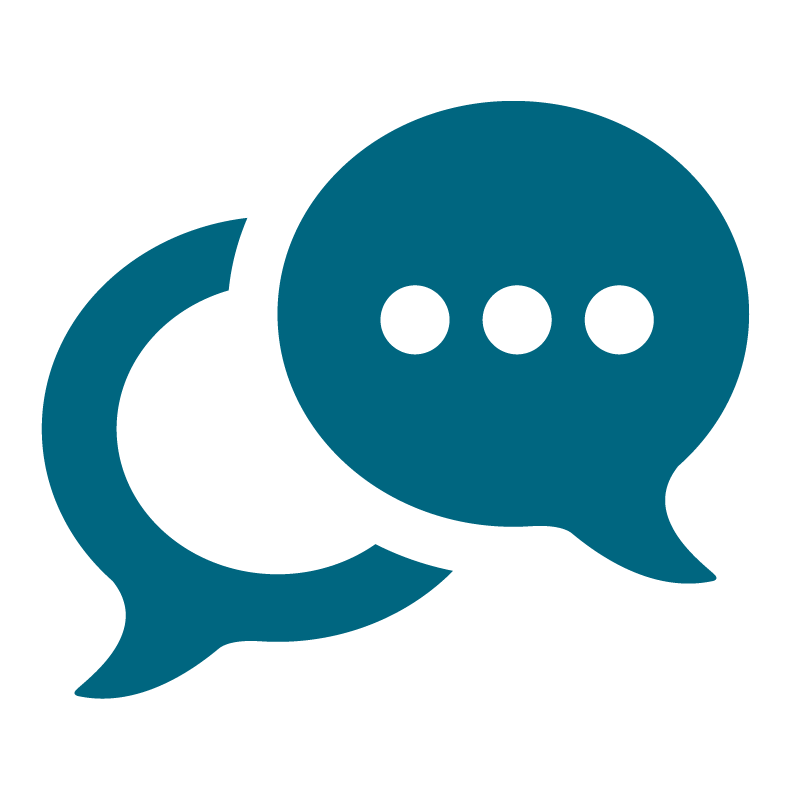 |
Communication: We can’t put enough emphasis on communication (hence why it’s mentioned twice!), because the right processes and best practices only matter if workers know they exist. Ongoing updates and check-ins across multiple channels (e.g., emails, department meetings, one-on-one meetings, weekly stand ups, agency intranet, etc.) about how technology impacts each person’s role is a must. Additionally, IT and management should regularly collect and share feedback on how things are going. |

Is It Time for a Solution Optimization?
We recognize how easily technology regression can happen and that it often takes a combination of careful observation and strategic activities to turn things around.
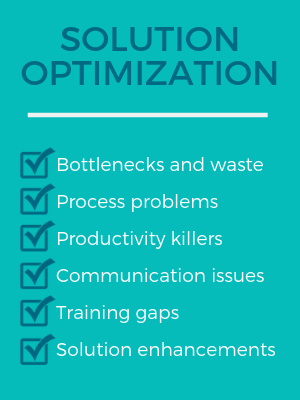 That’s why we offer “Solution Optimizations” to help customers maximize their return on investment (ROI), plus uncover hidden potential to further increase efficiencies and outcomes.
That’s why we offer “Solution Optimizations” to help customers maximize their return on investment (ROI), plus uncover hidden potential to further increase efficiencies and outcomes.
During the Solution Optimization, our team assesses how well your agency’s day-to-day processes and use of your Northwoods solution meet your current and future needs. We look for bottlenecks, waste, and productivity killers, along with communication issues, training gaps, and potential solution enhancements.
Activities often include:
- Interviews with administration to understand the agency’s challenges, goals, desired future state, and any external factors that influence decisions
- End-user surveys to collect quantitative feedback on your staff’s understanding, use, and perceptions of the software
- Focus groups to discuss pain points, opportunities, and your agency’s “wish list”
- Onsite assessments to observe your business processes, as well as how your staff interacts with technology and each other
Based on these end-user perceptions and/or onsite observations, we identify positive themes that have and will continue to ensure your agency’s success. We also provide actionable recommendations you can implement (we’ll help, of course!) to meet your goals, ranging from immediate “quick wins” to more long-term opportunities that will require ongoing analysis and maintenance. For example:
- Quick wins: ways to increase efficiency with minimal effort, such as upgrading your software or training your workers on specific under-utilized features.
- “Tier 1” opportunities: ways to fine-tune existing processes to better match your agency’s workload, such as adjusting your taxonomy (sometimes called “electronic filing structure”) to make it more intuitive or reconfiguring certain software settings to reduce the number of steps required to complete common tasks.
- “Tier 2” opportunities: focus on streamlining and standardizing processes to further increase efficiency and consistency, such as full-scope training, better reporting and analysis to enable data-driven decision making, or establishing standard operating procedures.
- “Tier 3” opportunities: recommendations to sustain adoption and manage change over time, such as establishing a governance plan and change control processes or integrating your agency’s various information systems.
Ultimately every Solution Optimization is slightly different and unique. Here’s the key: we’re flexible and we’ll do what makes sense for your agency.
If you’re a Northwoods customer interested in exploring your options, we have several Solution Optimizations in progress that we can discuss to show you what this looks like in action. Get in touch with account management or reach out to learn more.


